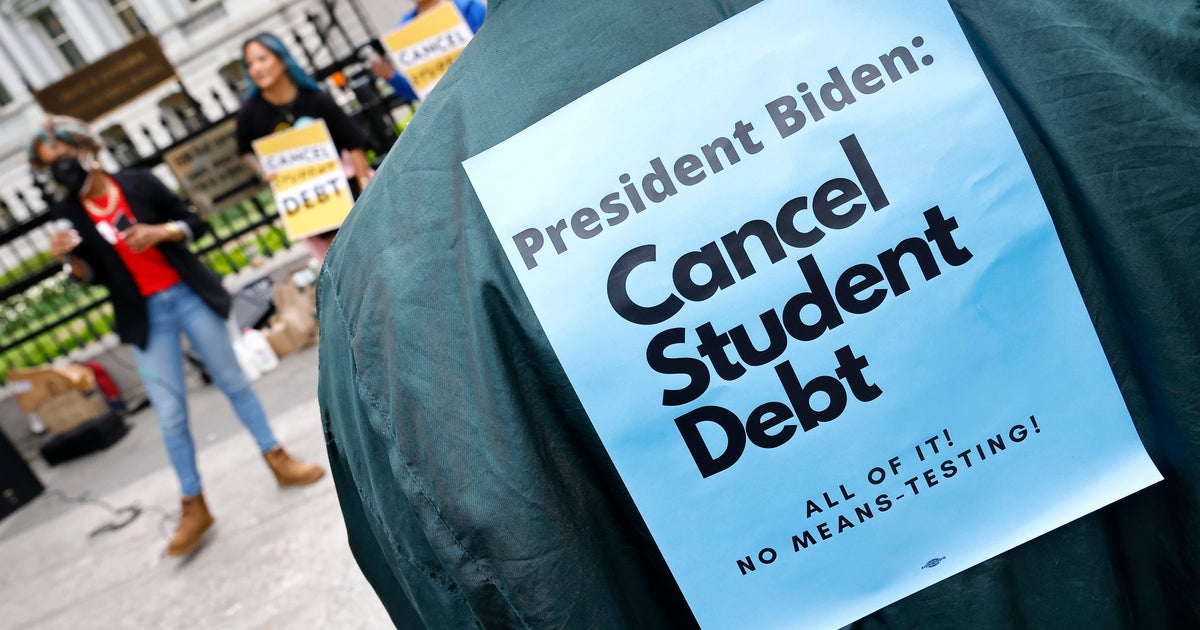Millions of people with student loans who had signed up for a Biden-era repayment plan will start seeing interest accrue to their accounts starting on Aug. 1, a change that could result in an additional $300 in monthly costs for the typical borrower, according to one analysis.
The Department of Education announced on July 9 that it planned to restart charging interest for borrowers enrolled in the Saving on a Valuable Education, or SAVE, plan, which was created by the Biden administration in 2023 to help lighten the financial burden faced by millions of student loan borrowers.
But two courts last year issued injunctions against the SAVE plan, effectively halting the repayment program. In response, the Biden administration moved all of the SAVE plan’s enrollees into zero-interest forbearance, meaning that their loans were temporarily placed on hold and interest stopped accruing.
The Education Department says resuming interest on the loans represents a measure of “fiscal responsibility,” according to its July 9 statement. But the monetary impact on the roughly 8 million borrowers enrolled in the SAVE plan could be significant, given that a typical borrower could see an increase of $300 per month due to new interest charges, according to a calculation by the Student Borrower Protection Center, an advocacy group for people with higher-education debt.
SAVE enrollees can opt to remain in forbearance, which means they won’t need to make monthly payments, but “the most significant impact is that your total loan balance will start growing again” because interest will resume, Bethany Hubert, a financial aid specialist at lender Earnest, told CBS MoneyWatch.
She added, “If you choose not to make payments, the accruing interest can really balloon your balance, making it much more challenging and expensive to pay back over time.”
How much will my payment increase?
While the typical borrower could see costs increase by about $300 per month, or $3,500 per year, the specific increase will depend on your loan balance.
Borrowers can check how the resumption of interest on their loans will impact their payments by going to the loan simulator on the Federal Student Aid website, Hubert said, although she noted that it might not yet include all the recent changes impacting student loans.
Should I change repayment plans?
Borrowers should evaluate the four repayment plans available, which can be found at here at the Federal Student Aid website, Hubert said.
There’s also a new repayment plan in the works that borrowers could consider, called the Repayment Assistance Plan (RAP), which is due in 2026 and is part of the “big beautiful” tax and spending bill signed into law by President Trump on July 4.
“For earners who make less than $10,000, their [monthly] payment will be $10 under RAP,” Hubert said.
For those with adjusted gross income (AGI) above $10,000 per year, the repayments will be based on 1% to 10% of their income minus $50 in payments each month for each child the borrower has. “With that in mind, we can estimate that a borrower who has an AGI of $45,000 and no children would have their monthly payment set at $150,” she added.
“At a minimum, I would suggest trying to make payments that cover the monthly interest as it begins to accrue to prevent your balance from growing,” she added.


